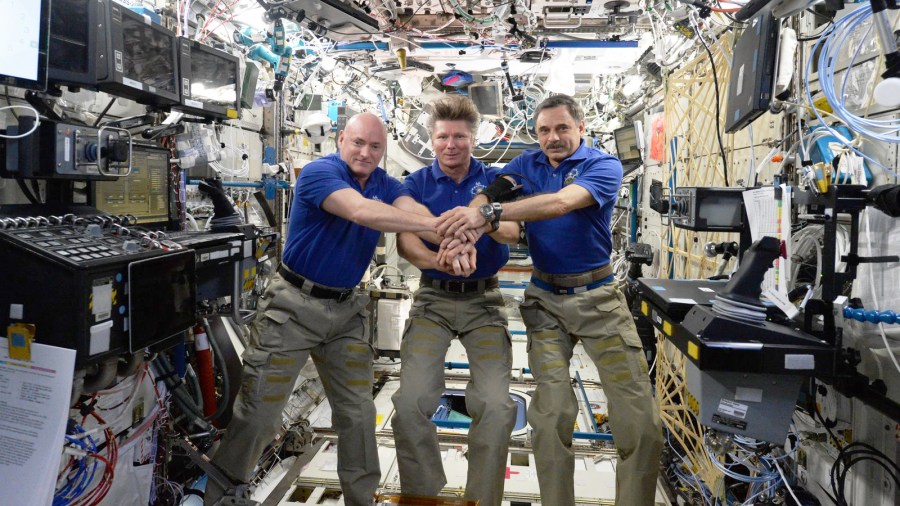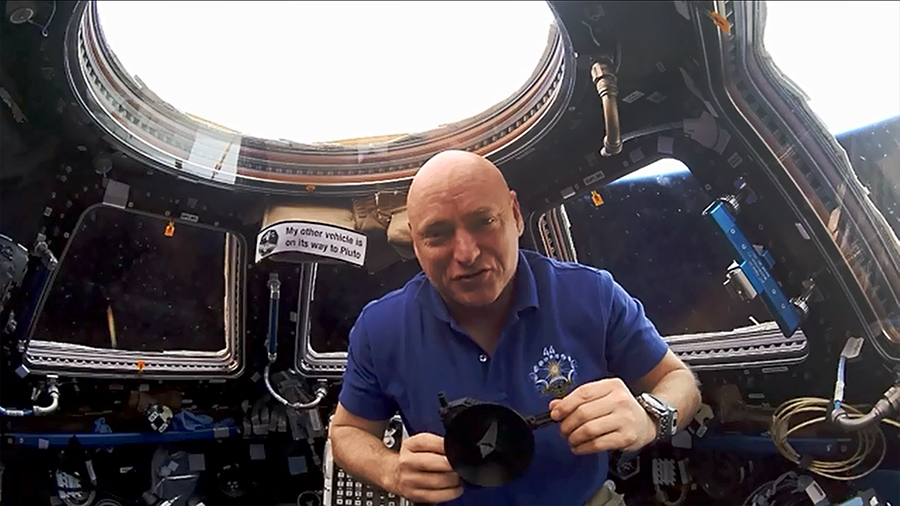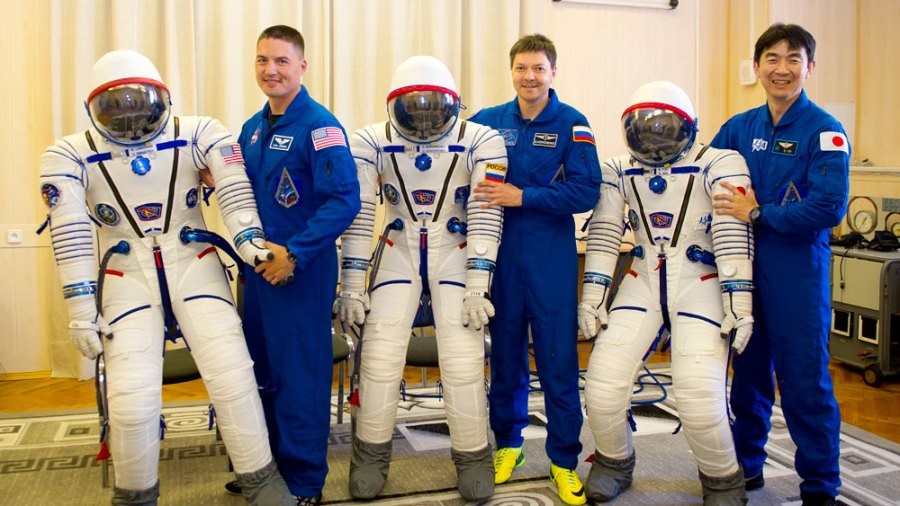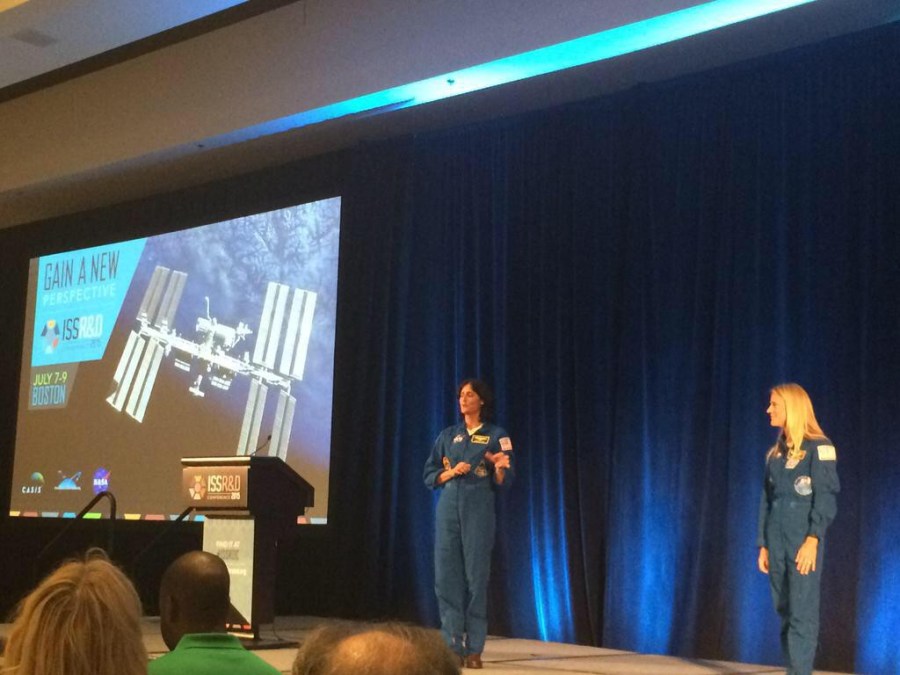NanoRack Cubesat Deployer (NRCSD) Operations: Overnight and this morning ground teams deployed 6 more Cubesats for a total of 12 of 16 planned. Final deployments are scheduled for 5:50 PM CDT today and 12:30 AM CDT tomorrow. The complement consists of 14 Planet Lab Doves, 1 Arkyd-3 and 1 Centennial-1 satellite. Integrated Resistance and Aerobic …
































